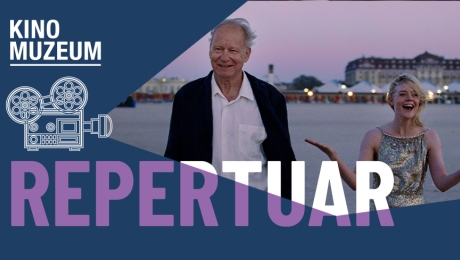Location level -3
SIGHTSEEING TIME MIN. 3 HOURS
Normal ticket 23 zl
Concession ticket 16 zl
Family ticket 55 zł
The first of the thematic sections of the exhibition, entitled The Road to War, is devoted to the genesis of the conflict.
A lot of emphasis is placed on showing the forces which sought to overthrow the so-called pre-war ‘Versailles’ order – the forces of Nazism, Italian fascism, communism and Japanese imperialism - as factors which brutalized politics and influenced the consciousness of people at that time and which paved the way to World War II.
Apart from information relating to the expansion of totalitarian regimes, and especially the successive triumphs of Adolf Hitler achieved thanks to the passivity of Western democracies, the attempts by both Nazism and communism to annihilate real and imaginary enemies - including entire social groups, nations and races - is clearly signaled here. It is also underlined in this section how the totalitarian regimes, which were striving to destroy the pre-war ‘Versailles’ order, were happy to cooperate, not only when they were ideologically close to each other - as in the cases of fascism and Nazism - but also when they had declared mutual hostility. In addition to information about the Italian-German intervention during the civil war in Spain and the shaping of the Axis alliance, the Ribbentrop-Molotov pact and its consequences - in particular the partition of Poland - are also shown.
The first section of the exhibition ends with an extensive presentation of the joint German and Soviet aggression against Poland in September 1939, a clear announcement of the phenomena that would give the Second World War such a criminal character. This section reveals the crimes that were committed by the Germans against Polish and Jewish civilians, the murders of prisoners of war and of defenseless refugees, as well as the brutal bombing of cities, especially Warsaw. The narrative in the presentation "September 1939" marks a transition point to the next thematic section of the exhibition entitled The Horror of War.











